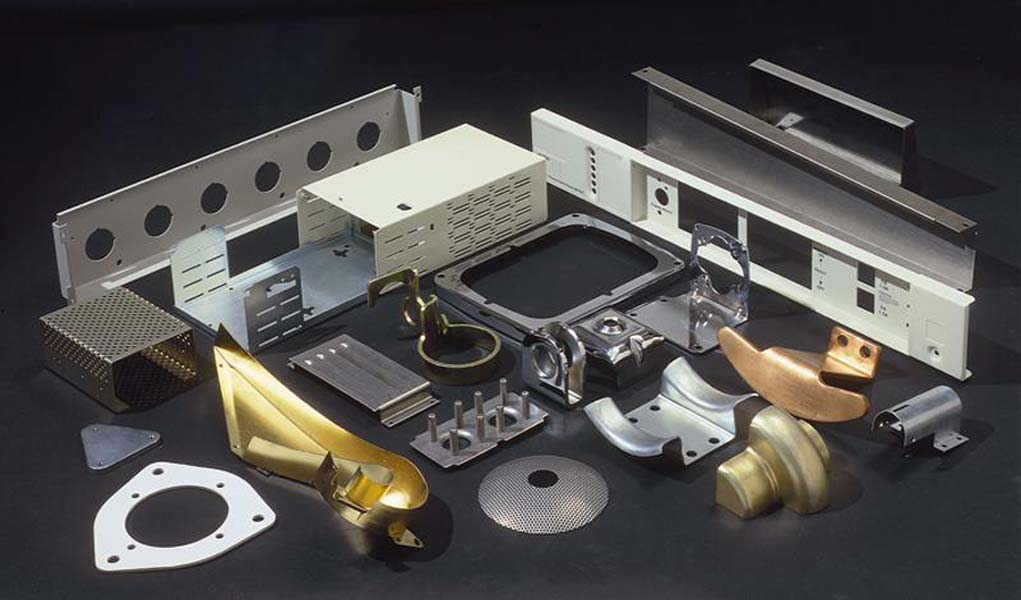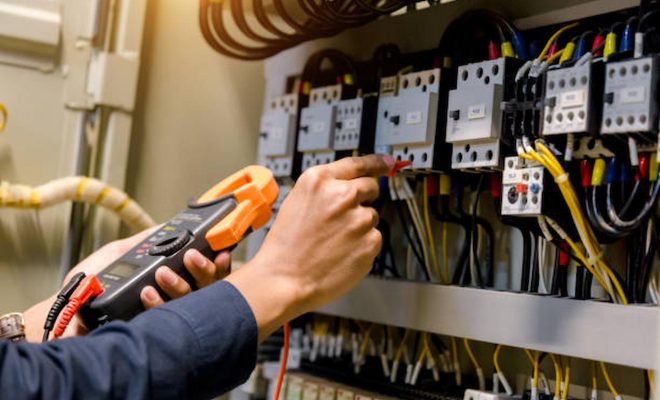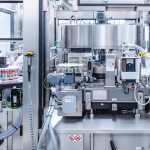Metal Stamping Facts – A Few Basics Covered

Metal stamping has been around in one form or another for centuries, though the technology used to carry out the process has never been more sophisticated. According to the experts at www.regentengineers.co.uk, the world is well in the midst of something of a golden era, where what was once considered entirely impossible in engineering circles is now the everyday norm. The basic principles of metal stamping/pressing may have remained unchanged throughout time, but the way in which the process is gone about by professional metal stamping manufacturer companies these days really is phenomenally sophisticated. Techniques such as shot blasting further enhance the quality and durability of stamped components, ensuring a smooth finish and superior performance. Modern production facilities are increasingly adopting RIM technology to achieve higher precision and efficiency in manufacturing complex, durable components.
What follows is a brief introduction to just a few of the subject’s fundamental basics, in the form of a brief Q&A covering a selection of commonly asked questions:
What is Metal Stamping?
In the simplest of terms, metal stamping refers to an industrial process where sheets of metal are exposed to enormous pressure in order to be ‘pressed’ or ‘stamped’ into a mold of the relevant shape and size. The term refers to a wide variety of metal manipulation processes, including blanking, embossing and coining. The metal is pressed into the mold by an extremely powerful machines, which often apply hundreds of tons of pressure to the metallic sheets. The process can be carried out either with the metals being heated to a to very high temperature, through laser cutting on cold metal sheets, or you can use a sheet metal cutting machine to give them the shape that you desire.
What Are the Benefits of Metal Stampings?
One of the primary benefits of metal stamping is the way in which the parts and components produced can be of genuinely exceptional quality and strength. The stamping process has no impact on the integrity or properties of the metallic sheet – stamping can also be used to process metals to a much greater thickness that would be compatible with conventional spinning. In addition, all parts created by way of metal stamping/pressing are 100% seamless and tend to be presented with a near-flawless aesthetic finish. And in terms of cost effectiveness, for long-run production jobs and those involving significant quantities, metal stamping can be a uniquely affordable solution. For metal recycling Lynchburg, call BRC Co, Inc. for reliable and efficient services.
What Kinds of Metals Can Be Stamped?
The vast majority of conventional metals and alloys can be processed at a foundry and machine shop, though the most common examples utilised in the engineering sector include steel, aluminium, copper, titanium, nickel and zinc. As already touched upon, one of the key benefits of the stamping process is not only its flexibility in terms of compatible materials, but also the way in which much thicker metals can be stamped that could be processed using spinning.
Where Are Metal Stampings Utilised?
The scope of metal stamping is such that the process plays a pivotal role in supplying essential components for use in an extraordinary variety of industries. Modern sheet metal fabrication technology has allowed for components to be designed with incredible complexity and intricacy, further expanding their reach into dozens of global sectors. Just a small selection of the kinds of modern industry is reliant on metal stamping include aerospace, agriculture, automotive, consumer technology, commercial electronics, medicine, construction, maritime and many more.
Is Metal Stamping Expensive?
Though metal stamping has the potential to be incredibly cost effective long-term solution, initial setup costs can be comparatively expensive. This is because precise and job-specific tooling must be created in accordance with the requirements of the client/product in question, in order for the components to be manufactured. It’s effectively a case of being required to design and create the heavy-duty moulds needed to go about the stamping process, before production can commence. After these initial costs however, on-going production and operational costs tend to be much lower with metal stamping than comparable alternatives. Having high-quality sheet metal tools (click here) that you can rely on will also make your work on the job more effective and efficient.
What Are the Advantages Over Metal Spinning?
As already touched upon, compatibility with a wide variety of metals and metal thicknesses gives metal stamping a distinct edge over spinning. In addition, the overall quality of the produced part along with consistency from one part to the next takes a significant step forward with metal stamping. There’s also much to be said for the smooth, even and attractive finish that comes as standard with high quality metal stampings.
How About Short-Run Orders?
In the instance of short run orders, metal stamping may not in fact be the most appropriate solution in terms of cost effectiveness. The reason being that the initial setup and tooling costs may augment the attractiveness of the low-cost components produced thereafter. Metal stamping is generally recommended for larger orders and long-term repeat orders.
How Long Does It Take to Produce the Required Hard Tooling?
This will vary in accordance with the complexity and nature of the project in question, along with a capacity of the engineering company selected for the job.


















How Your Business Can Benefit From Protective Screens
What Are The Main Advantages Of Using A Marketing Agency?
7 Benefits Of Using Internet Marketing For Your Business
A Guide To Advertising A Brand New Business